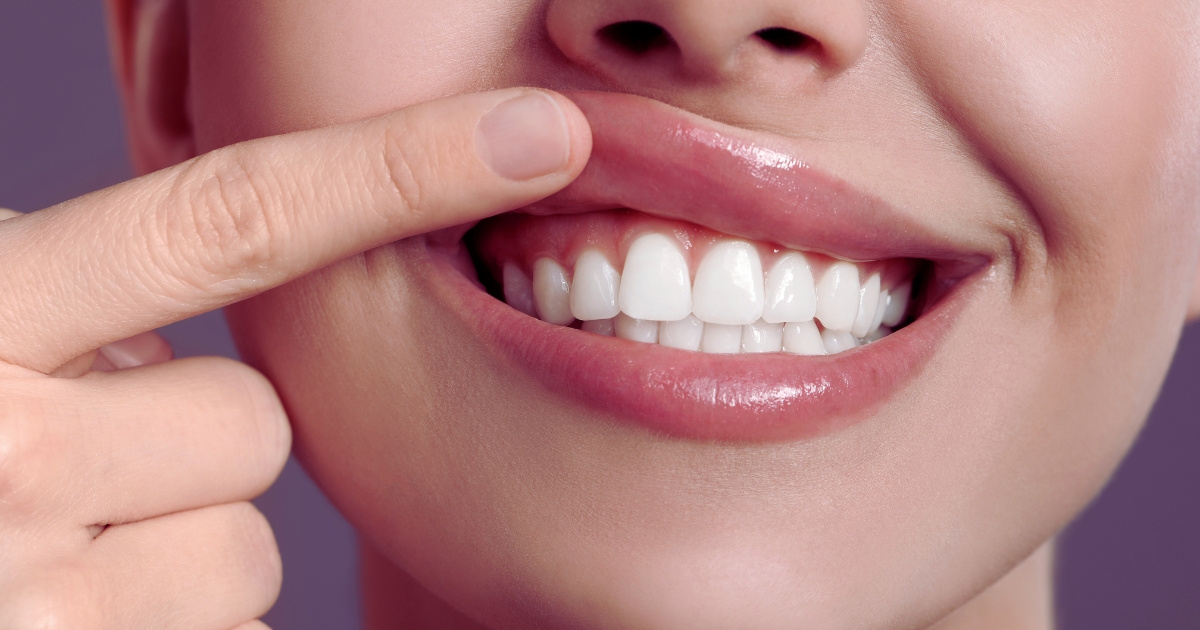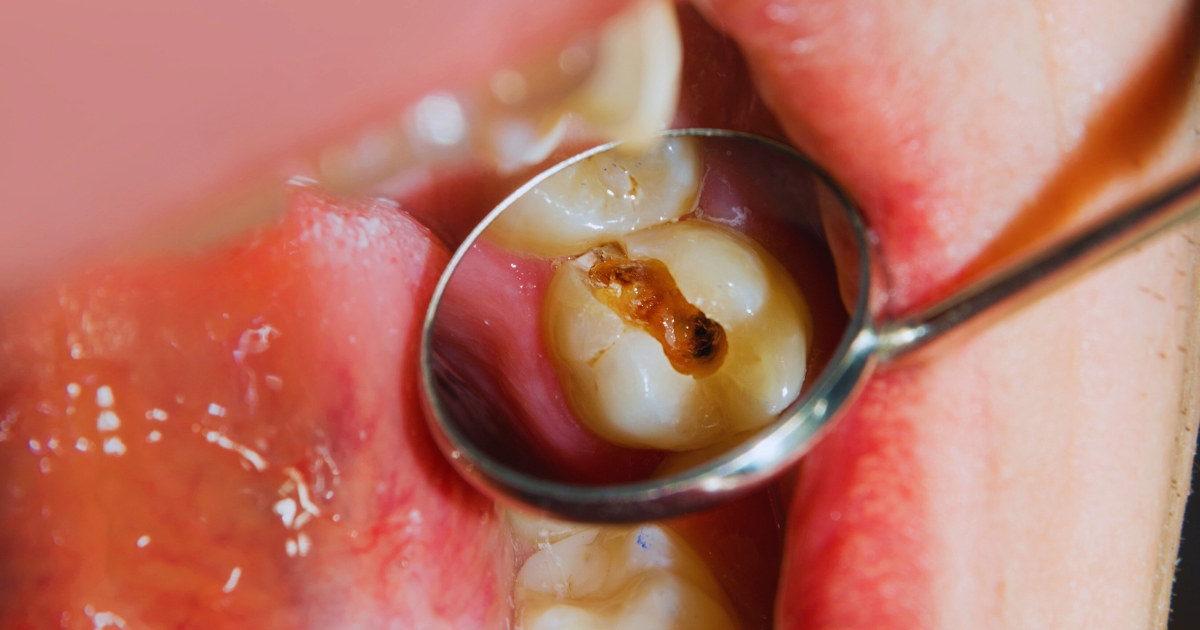Call Us Today 817-737-7668

Gum grafting is a common yet highly effective procedure that can restore the health and appearance of your gums. If you’ve noticed your gums receding or your teeth looking longer than usual, you’re not alone. Many people experience gum recession due to factors like gum disease, genetics, or even aggressive brushing.
The good news?
Gum grafting offers a reliable solution to help restore your gums and protect your oral health.
In this blog, we’ll answer some of the most frequently asked questions about gum grafting. Whether you’re curious about the procedure itself, the benefits, or what the recovery process entails, we’ve got you covered.
Understanding gum grafting can help ease any concerns and guide you toward making an informed decision about your oral health.
Let’s dive into the key things you need to know before considering this life-changing procedure!
Why Do People Need Gum Grafting?
Gum recession is a common dental concern, affecting many people at some point in their lives. It occurs when the gum tissue around the teeth wears away, exposing the tooth roots. This can lead to a variety of issues, including sensitivity, increased risk of tooth decay, and aesthetic concerns. There are several reasons why gum recession happens, and in many cases, gum grafting is the solution to restore health and protect the teeth.
- Causes of gum recession: Gum disease, genetics, aggressive brushing, and even hormonal changes can cause gums to recede.
- Impact on oral health: Receding gums can leave the teeth vulnerable to plaque, decay, and even tooth loss.
- Need for gum grafting: Gum grafting can help cover exposed tooth roots, restore gum health, and prevent further damage.
If you’re dealing with receding gums, gum grafting in Alliance, TX, can be an effective treatment to restore your smile and protect your teeth for the long term.
How Does Gum Grafting Work?
Gum grafting is a highly effective procedure used to restore lost gum tissue. It involves taking tissue from another part of your mouth (or a donor site) and placing it where the gums have receded. There are different types of gum grafts, each with specific benefits, depending on your needs.
- Explanation of the procedure: The periodontist makes small incisions in the gum to access the tissue, and then the graft is sutured in place.
- Types of gum grafts: The three most common types are connective tissue grafts, free gingival grafts, and pedicle grafts.
- Step-by-step process: After anesthesia is administered, the periodontist removes tissue from a donor site, prepares the recipient site, and sutures the graft into place.
Is Gum Grafting Painful?
The query that tops the list of questions about gum grafting is how painful the procedure is. Gum grafting is typically performed under local anesthesia, which means you won’t feel any pain during the procedure. Afterward, some discomfort or mild pain may occur, but this can be managed easily with prescribed pain medications or over-the-counter options.
- Pain during the procedure: With anesthesia, patients experience little to no discomfort.
- Post-procedure discomfort: Expect some swelling, tenderness, and mild pain for a few days following the procedure.
- Pain management: Ice packs, pain relievers, and following the periodontist’s aftercare instructions can help reduce discomfort.
If you’re concerned about pain, your periodontist will walk you through what to expect and ensure your comfort throughout the process.
What Are the Benefits of Gum Grafting?
The list of questions about gum grafting remains incomplete without asking about its benefits. Gum grafting offers a wide range of benefits, both for your oral health and your overall appearance. Whether you are experiencing gum recession due to age, gum disease, or aggressive brushing, gum grafting can provide effective solutions.
- Improved gum health: Grafting restores tissue, promoting a healthier gum line.
- Reduced risk of tooth loss: Gum grafting helps prevent further gum recession, which can protect your teeth from becoming loose or falling out.
- Enhanced appearance: By covering exposed tooth roots, the procedure improves the overall appearance of your smile.
- Long-term oral health: Gum grafting reduces the risk of tooth decay, infection, and further gum recession.
Gum grafting not only restores gum health but also boosts self-confidence by improving the aesthetics of your smile.
What is the Recovery Process Like After Gum Grafting?
Recovery from gum grafting typically takes about one to two weeks, though complete healing can take several months. The recovery process requires careful attention to ensure the graft heals properly.
- Expected recovery timeline: Most patients can return to normal activities within a few days, but full recovery may take several weeks.
- Do’s and Don’ts: Avoid hard foods, smoking, and vigorous brushing for the first few weeks. Follow your periodontist’s aftercare instructions closely.
- What to expect during healing: Swelling, bruising, and mild pain are normal but should subside within a few days.
- Potential complications: While rare, complications such as infection or graft rejection can occur. Your periodontist will monitor your progress and address any issues promptly.
How Long Will the Results of Gum Grafting Last?
Gum grafting is a long-lasting solution to gum recession, especially when performed by a skilled periodontist. With proper care, the results can last for many years, even a lifetime in some cases.
- Longevity of results: The grafted tissue integrates with the surrounding gums, providing lasting coverage for exposed tooth roots.
- How long the grafts last: Most gum grafts last a lifetime with good oral hygiene and regular dental check-ups.
- Factors that affect success: Factors such as smoking, poor oral hygiene, and certain medical conditions can impact the longevity of the graft.
Who is a Good Candidate for Gum Grafting?
The list of questions about gum grafting comes full circle when patients get answers for this. Not everyone with gum recession is a candidate for gum grafting. Several factors influence whether or not this procedure is right for you.
- Ideal candidates: Good candidates are those with healthy teeth and gums but have receding gums or exposed tooth roots.
- Evaluation by a periodontist: Your periodontist will evaluate the severity of the recession and overall gum health to determine if grafting is necessary.
- Conditions that may make someone ineligible: Active gum disease, uncontrolled diabetes, or other systemic conditions may affect candidacy for gum grafting.
How to Choose the Right Periodontist for Gum Grafting?
Selecting the right periodontist for your gum grafting procedure is crucial to ensuring a successful outcome. Consider the following factors to make an informed decision:
- Experience and expertise: Choose a periodontist who specializes in gum grafting and has a track record of successful outcomes.
- Patient reviews: Look for reviews and testimonials from previous patients to gauge their satisfaction with the procedure.
- Consultation: Schedule a consultation to discuss your concerns, treatment options, and expected results.
Gum grafting offers a practical solution to combat gum recession, restore your gum health, and enhance your smile. Whether you’re experiencing sensitivity or seeking a more aesthetic look, gum grafting can make a noticeable difference. With proper care and the expertise of a skilled periodontist, the results of gum grafting can last for many years. If you’re considering gum grafting, consult with a professional to explore the best options for your needs and achieve lasting oral health and beauty.





